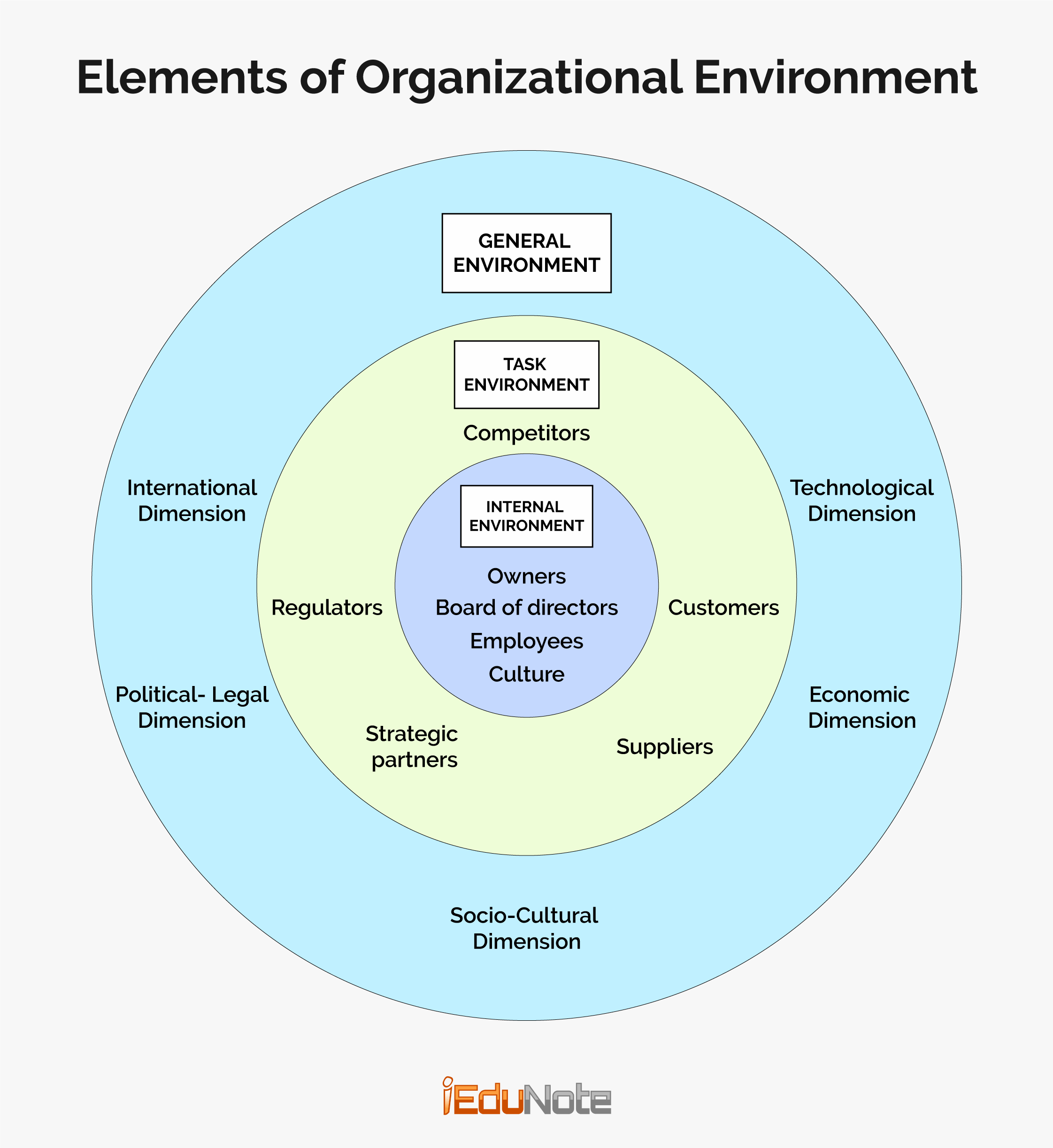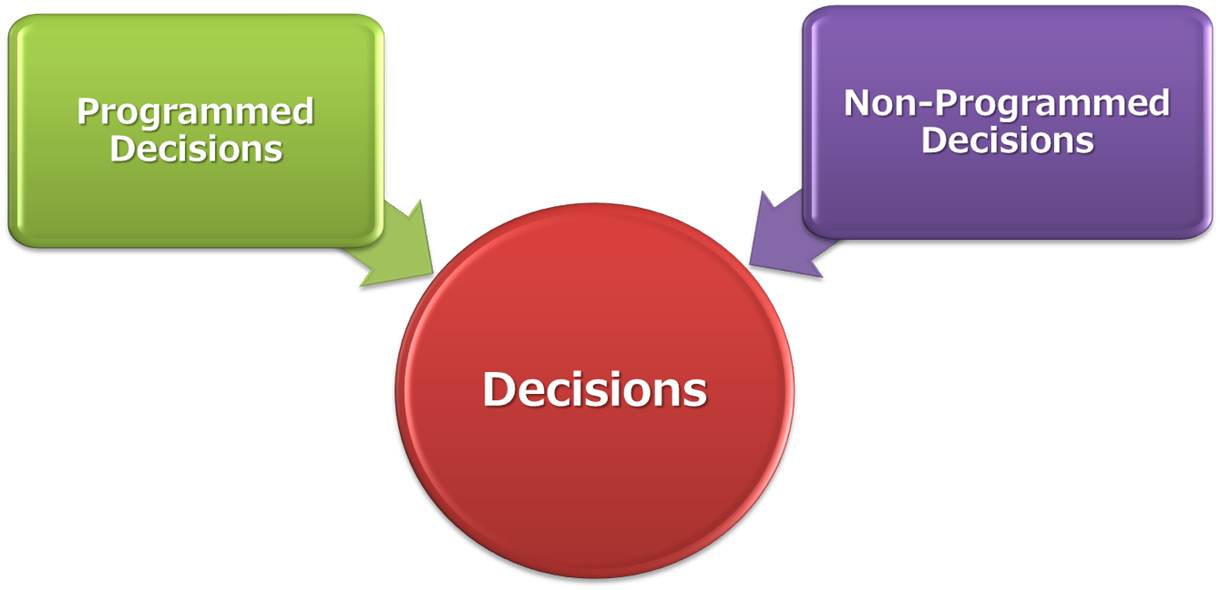Controlling is the process of ensuring that actual activities conform to planned activities.
Planning and controlling are closely related.
Controlling is more pervasive than planning.
Controlling helps managers monitor the effectiveness of their planning, organizing, and leading activities.
Controlling determines what is being accomplished — that is, evaluating the performance and, if necessary, taking corrective measures so that the performance takes place according to plans.
Controlling can also be viewed as detecting and correcting significant variations in the results obtained from planned activities.
Importance of Controlling in Management
Planning without controlling is useless.
Undoubtedly, controlling also helps managers monitor environmental changes and the effects of these changes on the organizations’ progress.
Coping with changes
Every modern organization has to cope with changes in the environment.
New products and technologies emerge, government regulations are too often amended or enacted, and competitors change their strategies.
The control function helps managers to respond to these environmental changes as and when necessary.
Creating better quality
Modern industries follow total quality management (TQM) which has led to dramatic improvements in control. Under it, process flaws are spotted, and the process is purged of mistakes.
Employees are empowered to inspect and improve their work and this also helps change their attitudes and approaches to achieving effective control.
There are innumerable examples in which the TQM program had helped restore quality, decrease cost and increase the production of giant organizations that confronted threats of shutdowns owing to low quality, high cost and declining productivity.
Creating faster cycles
Control helps to speed up the cycles involved in creating and then delivering new products and services to customers.
Speed is essential in complying with customers’ orders.
But modern marketing managers must remember that today’s customers expect not only speed but also customized products and services.
It is clear that the most successful companies try to personalize things and tailor them to individual needs. The most successfully target narrow customer niches with specific models.
Adding value
An organization that strives to survive through competition should be able to “add value” to products or services so that customers prefer them to those offered by the organization’s rivals.
Very often this added value takes the form of above-average quality achieved through exacting control procedures.
Facilitating delegation and teamwork
Modern participative management has changed the nature of the control process. Under the traditional system, the manager would specify both the standards for performance and the methods for achieving them.
Under a new participative system, managers communicate the standards, but then let employees, either as individuals or as teams, use their creativity to decide how to solve certain work problems.
The control process, then, lets the manager monitor the employees’ progress without hampering employees’ creativity or involvement with the work.
Control as a Feed-back System
Most managers exercise control through information feedback, which shows deviations from standards and initiates changes.
In other words, feedback information helps compare performance with a standard and to initiate corrective action.
In controlling, managers do measure actual performance, compare this measurement against standards, and identify and analyze deviations.
But then, for making necessary corrections, they must develop a program for corrective action and implement this program to arrive at the performance desired.
Control Techniques
Managers use a large number of tools and techniques for effective controlling.
Therefore,
We need to discuss specific techniques for managing the control process.
First, we’ll discuss budgetary control. And then we shall deal with other control techniques and methods.
Budgetary Control
Budgeting is the formulation of plans for a given future period in numerical terms.
Organizations may establish budgets for units, departments, divisions, or the whole organization. The usual period for a budget is one year and is generally expressed in financial terms.
Budgets are the foundation of most control systems.
They provide yardsticks for measuring performance and facilitate comparisons across divisions, between levels in the organization, and from one time to another.
Types of Budgets: Most organizations use some different kinds of budgets:
- financial,
- operating, and
- non-monetary.
Non-budgetary Control Devices
The following are some control devices that are not related to the budget.
Operational audit/internal audit
It is the regular and independent appraisal of the accounting, financial, and other operations of an enterprise by a staff of internal auditors.
In its most usual form, operational auditing includes auditing of accounts, appraisal of operations in general and weighing actual results against planned results.
Operational auditors, thus, assures that accounts reflect the fact, appraise procedures, policies, quality of management, the effectiveness of methods and other phases of operations.
Milestone budgeting
Used by an increasing number of companies in recent years in controlling engineering and development, milestone budgeting breaks a project down into controllable pieces and then carefully follows them.
In this approach to control, “milestones” are defined as identifiable segments. When a given segment is accomplished, its cost or other results can be determined.

